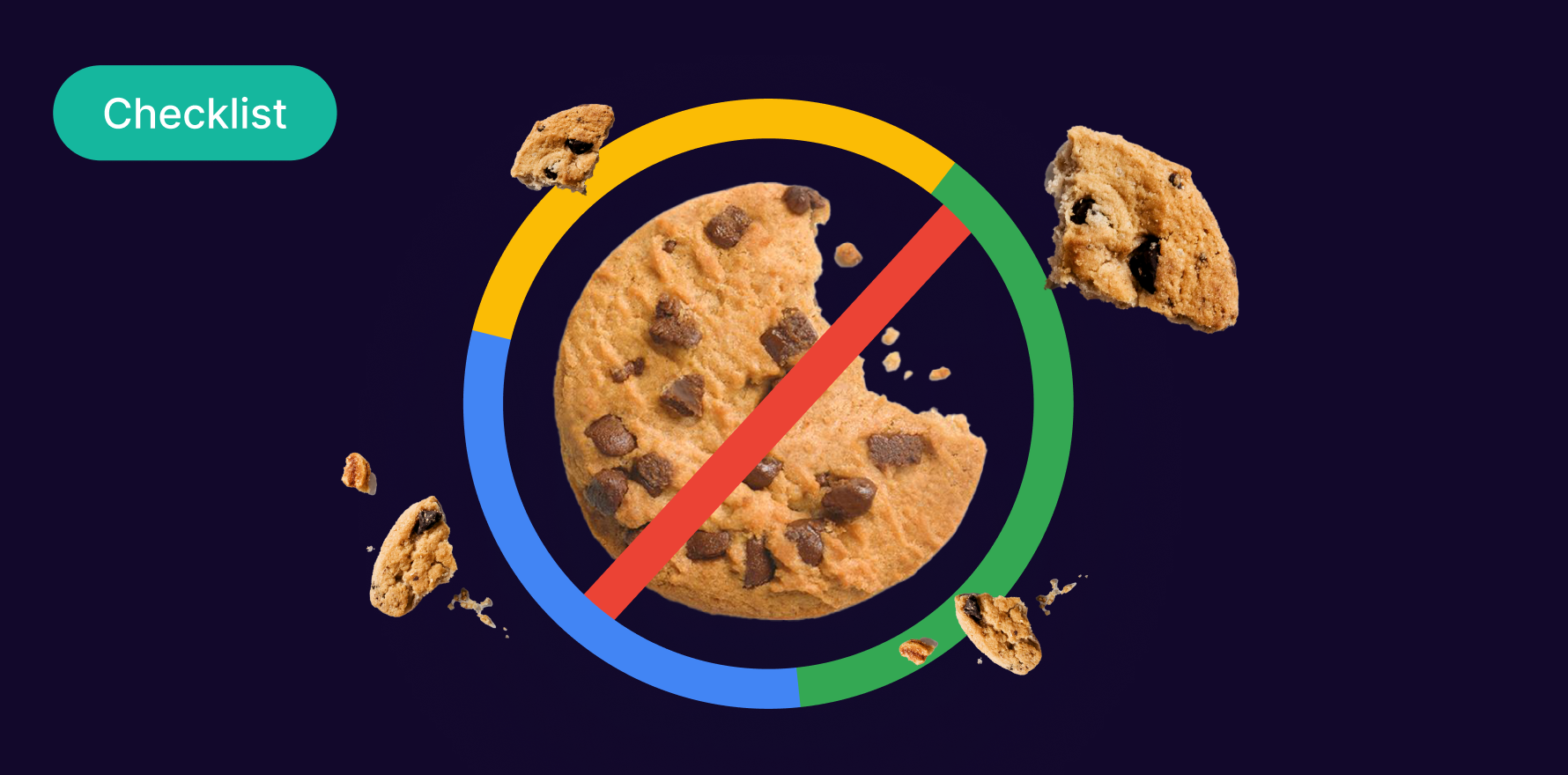What is Referral rate?
Referral rate refers to the percentage of customers acquired through referrals as a result of your marketing efforts. It’s a valuable metric because it helps you understand how well your customers are referring your business to their friends, family, and colleagues through referral programs or word-of-mouth. By tracking your referral rate, you can make informed decisions to optimize your referral marketing strategy, thereby boosting your sales and profits.
Formula
Referral rate = (Number of referral purchases / Total number of purchases) x 100
Example
Imagine that your e-commerce store receives a total of 1,000 purchases in a month. Out of these, 200 purchases were made by customers who came through referrals. Using the formula mentioned above:
Referral rate = (200 / 1,000) x 100 = 20%
This means that 20% of your total purchases came from referral sources.
Why is Referral rate important?
1. Enhances customer acquisition: When customers refer their acquaintances to your store, it helps bring in new potential buyers, leading to increased sales.
2. Builds customer trust: Positive word-of-mouth from satisfied customers boosts trust and credibility among potential customers, enhancing brand reputation.
3. Cost-effective marketing strategy: Referral marketing often incurs lower costs than traditional marketing methods, providing higher returns on investment (ROI).
4. Facilitates customer lifetime value: Referral programs can encourage repeat purchases from both existing and new customers, leading to increased customer lifetime value (CLV).
Which factors impact Referral rate?
1. Customer experience: The quality of the shopping experience, including user-friendly website design, product availability, and customer service, influences customers’ willingness to refer your business.
2. Referral incentives: The type and value of referral rewards directly impact customers’ motivation to participate in referral programs.
3. Target audience: Identifying and targeting the right audience for your referral campaigns can maximize referral effectiveness and conversion rates.
4. Market competition: The level of competition in your market niche can impact referral rates by influencing consumers’ awareness and choice of referral sources.
How can Referral rate be improved?
1. Implement referral programs: Introduce referral rewards to encourage and incentivize existing customers to refer your business to others.
2. Leverage social media: Make it easy for customers to share your website or products on their social media accounts with shareable links and buttons.
3. Provide exceptional customer service: Satisfied customers are more likely to refer your business. Focus on offering high-quality products and excellent customer support to keep your customers happy.
4. Encourage user-generated content: Collect and showcase customer testimonials, reviews, and social media posts featuring your products to foster trust among potential customers.
What is Referral rate’s relationship with other metrics?
Referral rate is closely connected to several other e-commerce metrics, such as:
- Customer acquisition cost (CAC): As referral marketing usually involves lower expenses, a higher referral rate can result in a lower customer acquisition cost.
- Repeat customer rate: Referral programs often encourage repeat purchases, thus improving the repeat customer rate and overall customer retention.
- Conversion rate: Referral traffic generally has a higher intent to purchase, leading to better conversion rates compared to other traffic sources.
Free essential resources for success
Discover more from Lifesight

















